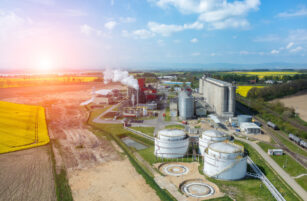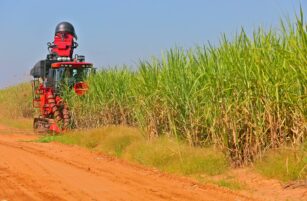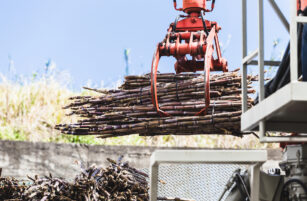Insight Focus
As appetite for sustainable aviation fuel grows, researchers are finding more and more innovative ways to enhance their use of ethanol and further reduce greenhouse gas emissions. This could mean higher demand for biofuel feedstocks such as corn and sugar.
Grand Challenge Fuels SAF Production
Industries of all kinds evolve when brilliant minds introduce technological concepts that advance productivity. The biofuels industry is currently witnessing a spurt of innovations that will help products such as ethanol meet future demands for renewable fuels.
The ethanol industry is currently spurred by the promise of a huge market for sustainable aviation fuel (SAF). This enthusiasm has only gained momentum with the introduction of the US government’s SAF Grand Challenge.
Introduced by the Biden administration in 2021, the SAF Grand Challenge is the result of the departments of Energy, Transportation, Agriculture, and others working together to develop a comprehensive strategy for scaling up new technologies to produce SAF.
The first goal is to fuel the dramatic increase in the production of SAF from 79 million gallons in 2023 to at least 3 billion gallons per year by 2030. By 2050, the goal is to provide sufficient SAF to meet 100% of aviation fuel demand, which is currently projected to be around 35 billion gallons per year.

To achieve these goals, the government is providing funding opportunities for fuel projects and fuel producers totalling up to USD 4.3 billion.
Biofuels Industry Ups Its Game
Vertimass of Irvine, California, announced in April that the EPA has approved registration for blending up to 20% of its VertiGas20 gasoline with conventional gasoline. VertiGas20 is made from ethanol by the company’s Consolidated Alcohol Deoxygenation and Oliogomerization (CADO) technology that can substantially reduce greenhouse gas emissions from gasoline powered engines.
The company said the renewable component in VertiGas20 comes from biomass-derived ethanol, potentially increasing ethanol demand five-fold from the current 14 billion gallons to 70 billion gallons in the US alone.
This greater demand will create hundreds of new jobs in the ethanol production industry. Since every gallon reduction in fossil fuel use reduces carbon dioxide (CO2) emission by about 20 lbs, a dramatic reduction in greenhouse gases is possible through eliminating approximately 250 million tonnes of new CO2 from accumulating in the atmosphere every year.

The CADO technology originated from Oak Ridge National Laboratories operated by the University of Tennessee-Battelle, with Vertimass obtaining worldwide exclusive rights in 2014 and advancing the technology for commercial applicability.
Big Tech Gets Involved
Also in April, LanzaJet of Deerfield, Illinois, announced an investment from Microsoft’s Climate Innovation Fund that enables the company to continue building its capability and capacity to deploy its SAF process technology globally. In addition, LanzaJet and Microsoft intend to explore how Microsoft can supply its data and artificial intelligence (AI) capabilities to improve LanzaJet’s corporate functions and ethanol to SAF process technology.
The company said the investment follows a USD 50 million project finance investment from Microsoft’s Climate Innovation Fund in 2022 to support the construction of LanzaJet Freedom Pines Fuels in Soperton, Georgia. The facility, which opened in January 2024, is said to be the world’s first ethanol to SAF production plant. LanzaJet Freedom Pines Fuels will begin annual production of 10 million gallons of SAF and renewable diesel in the second quarter of 2024.
Researcher Create Biofuels from Yeast
In Thailand, according to news sources, researchers from Chulalongkorn University’s Faculty of Science are accelerating their technological development to scale up the production of aviation biofuel from yeast.
This is an extension of the successful results of research that found a strain of yeast with a high potential for producing fat for use in aviation fuel. In addition to producing yeast oil, they use agricultural waste as food to grow microorganisms.












